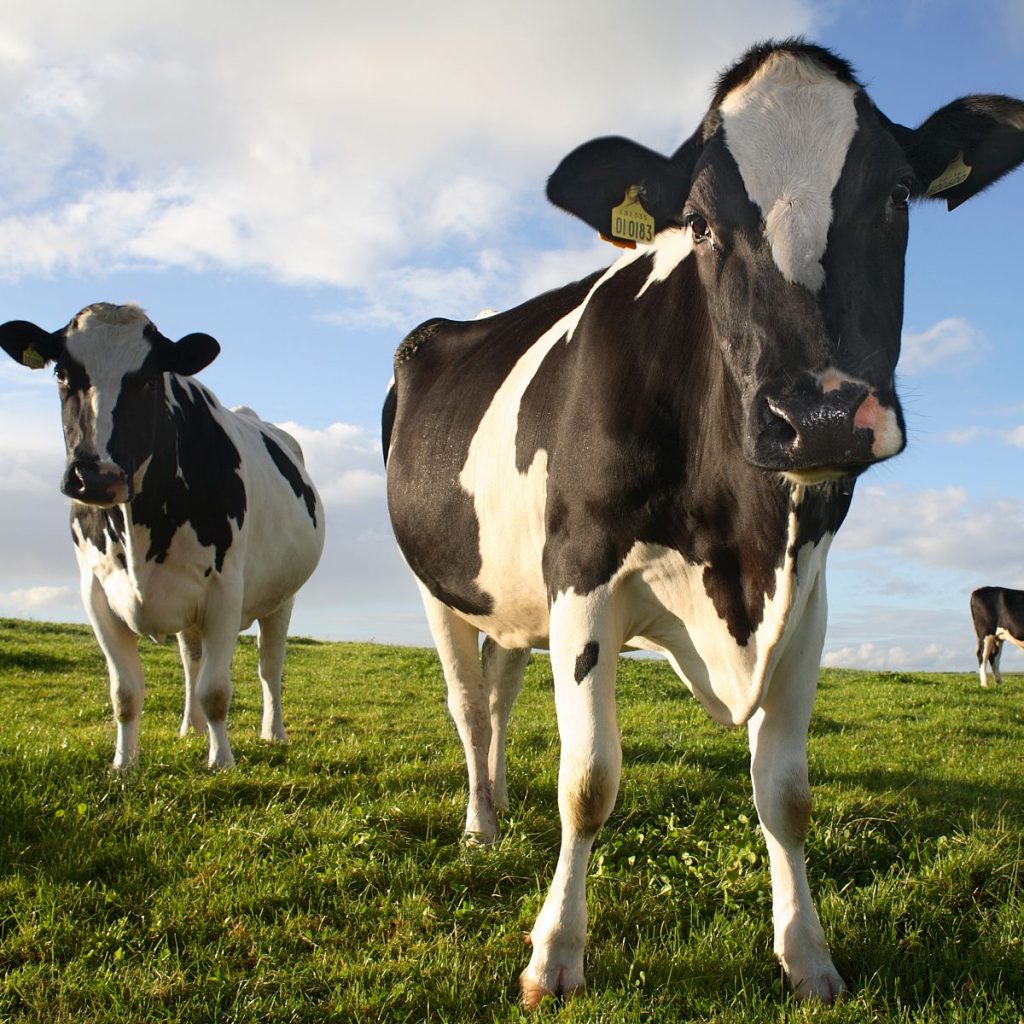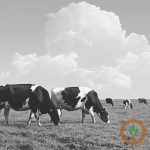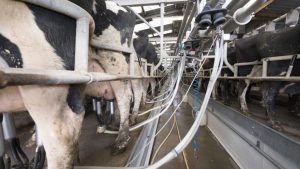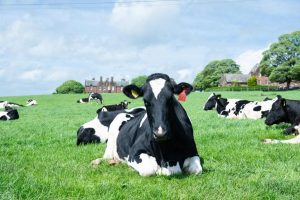
Feeding livestock is one of the main challenges facing farmers in parts of Victoria affected by recent severe weather and floods, with waterlogged paddocks, damaged pastures and flooded laneways preventing normal grazing.
Managing livestock feeding after such an event is a three-step process, according to Agriculture Victoria’s Scott McDonald.
“The first thing you have to look at is a temporary feeding solution, for the health of the herd and to maintain production,” said Mr McDonald, a dairy and livestock systems development specialist, effluent engineer and environmental planning expert with more than 20 years’ experience in the field.
“This could be temporary and mobile, easy-to-move infrastructure that will get you through the next few months.
“Then you need to consider if long-term infrastructure will provide you with flexibility and efficiency to manage livestock during or after future events such as flooding or dry seasons.
“The third step is siting, making sure feed infrastructure is placed in the optimal location, taking into account issues such as topography, neighbouring properties, property overlays, soil type and effluent management.”
Mr McDonald is one of two presenters at Agriculture Victoria’s webinar, Temporary Feeding Solutions and Managing Effluent, to be held on Wednesday, July 28.
The free webinar will look at short-term and long-term infrastructure, as well as siting management.
“The challenge for farmers is to understand all the different feeding options available and then choose a solution that best suits their property and business,” Mr McDonald said.
“Success in farming is about having the flexibility in your farm and a management process where you can adapt to changed circumstances quickly.”
The webinar will also feature information on managing effluent in wet conditions, presented by Agriculture Victoria dairy industry development officer Rachael Campbell.
Ms Campbell will discuss managing effluent ponds when they are full, assessing effluent ponds for structural damage, and how to minimise water use in the dairy.
“These are the three main things farmers need to focus on in the short term,” said Ms Campbell, who has more than 15 years’ experience supporting farmers in the dairy industry, specialising in sustainably managing and using nutrients on-farm, especially from effluent.
“In the middle of winter, when paddocks are already wet, farmers need to be looking at where the farm is least saturated and then applying effluent as thinly as possible.
“It’s also really important to assess the structural integrity of your effluent ponds, especially in this recent flood when in some cases the water levels rose relatively quickly.”
The free webinar will run on Wednesday, July 28, from 11am to 12pm, and will include question time at the end of both presentations.
























